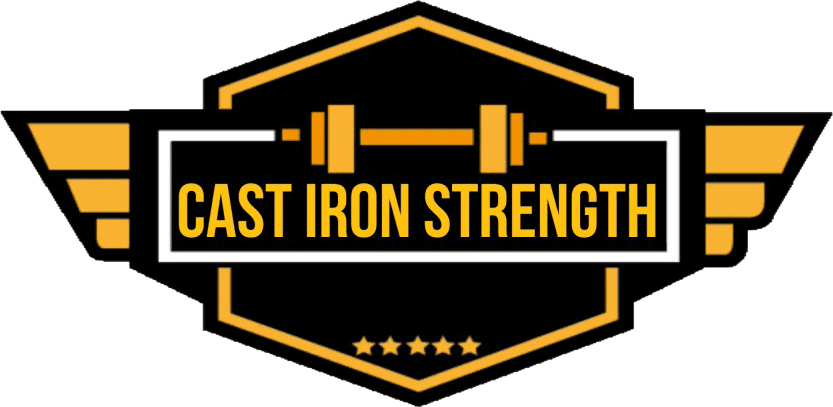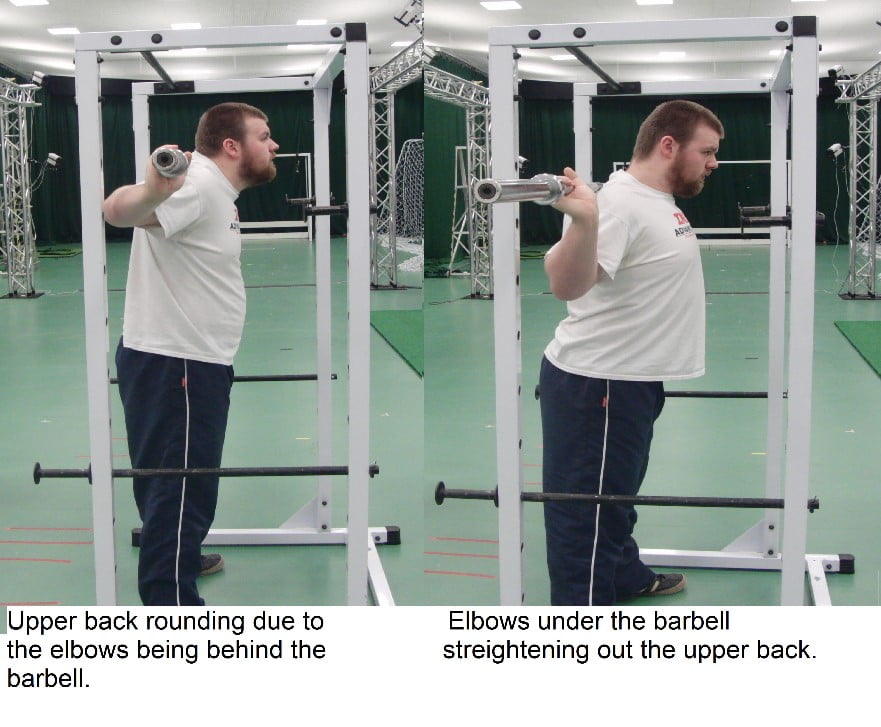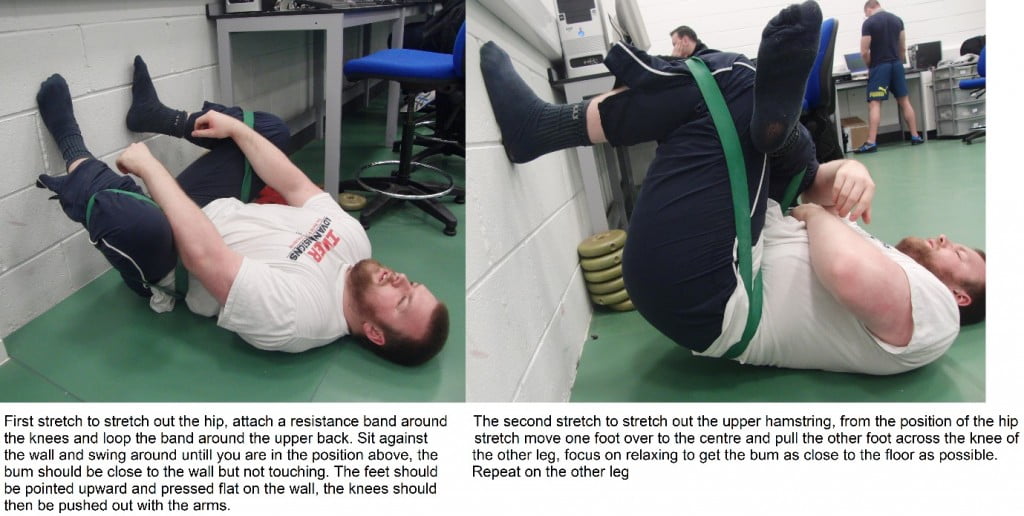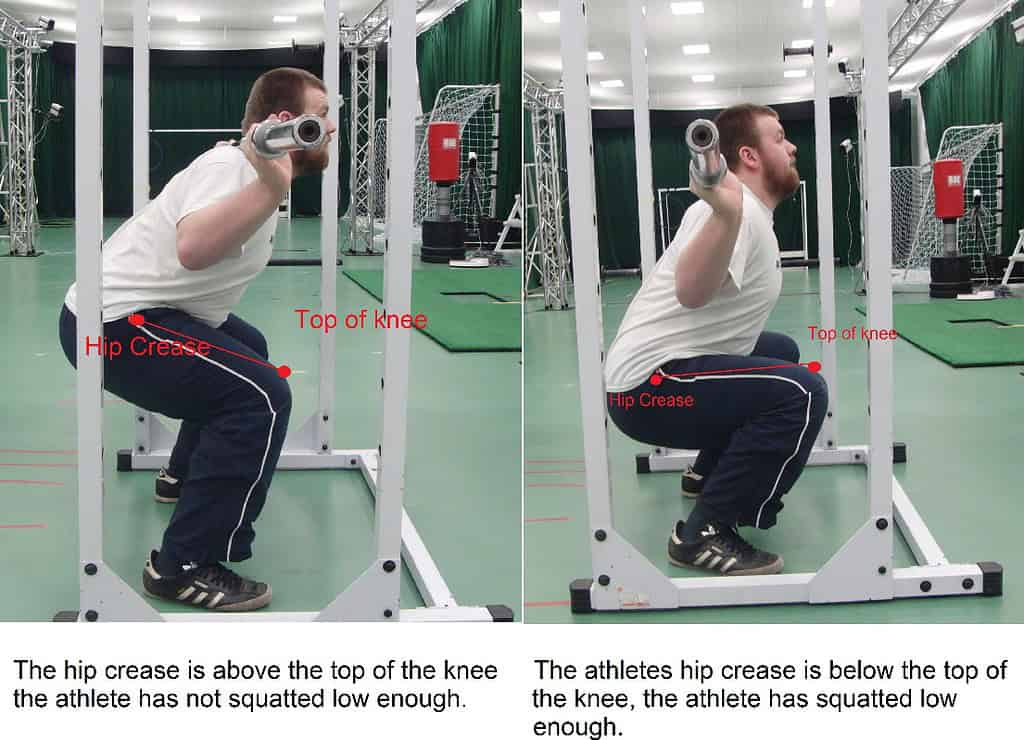In part two of Ali’s guest post he covers some of the common technique flaws he observed and some possible fixes for the.
Perfecting the squat will result in the ability to lift more weight and will reduce risk of injury.
Raised heels during lift
The heels rising during the lift reduces power output and increases the risk of injury, wear Olympic lifting shoes and preform ankle stretches. These will also help to maintain good technique throughout.

Head, Back/ trunk and Hip Positioning and rounding
It is recommended the athlete focus on the set up of the squat before the descending phase as the lifting position cannot be good if the starting position is not good. The athlete should brace the upper-back by pushing the chest out and squeezing the upper-back together before beginning the lift and attempt to hold this position for the entire lift. The athlete should also focus on maintaining as upright a position as possible during the lift and focusing on sitting vertically downward and not backwards as commonly taught in powerlifting clubs.
To avoid upper-back rounding the athlete must focus on keeping the elbows under the bar at all times and not behind during the lift. This can push the upper-back and chest down leading to poor back position. Shoulder flexibility exercises may need to be employed to perform this correctly.
The head must be in a natural or upright position at all times and not downward as this can lead to poor back position, it is recommended the athlete focus there gaze on a set point on the wall in front of them for example at a mark on the wall.
It is recommended the athlete preform a full flexibility programme as this will allow the athlete to get into the strongest lifting positions and reduce injury risk; hamstring and hip mobility are common areas that get too tight to perform the squat correctly. Flexibility work should be done every day, these are some stretches very specific to helping improve squatting hip and hamstring mobility.
Knees falling inward
The knee’s falling inward is dangerous as it increases the risk of ligament damage and reduces power output. To fix this the athlete must focus on pushing the knees out during the squat. To make the athlete actively aware of the problem a resistance band can be wrapped around the knees during warms ups to the athlete can feel the knees being pushed in and has to actively push against the band.
Squat Depth
It is recommended the athletes train to the required depth (below parallel so the hip crease is below the top of the knee) every rep as this will help the athlete train for the specific demands of the sport so there is no surprises or errors during the competition, it will also help build strength for the entire squatting movement. It is recommended the athlete listens to commands of a coach on when to lift the weight once the athlete has reached the required depth for every rep until it becomes second nature.
Alistair Inglis is a 21 year old powerlifter born and raised in Edinburgh Scotland. He is currently studying for his undergraduate degree in sports science at Edinburgh’s Napier University. Alistair is the current British junior record holder for Squat, Deadlift and Total in the 120+ Class and is the current British Raw Champion in his class. He holds competition bests of 315 kg (693 lbs) Squat, 190 kg (418 lbs) Bench Press and a 330 kg (726 lbs) Deadlift with a 835 kg (1837 lbs) Total.
References
Butler, R.J., Plisky, P.J., Southers, C., Schoma, C. and Kiesel, K.B. (2010). Biomechanical analysis of the different classifications of the Functional Movement Screen deep squat test. Sport Biomechanics, 9(4), pp.270-279
Casterisano, A., Moss, R.F., Pellinger, T.K., Woodruff, K., Lewis, V.V., Booth, W. and Khadra, T. (2002). The Effect of Back Squat Depth on the EMG Activity of 4 Superficial Hip and Thigh Muscles, Journal of Strength and Conditioning Research. 16(3), pp. 428-432.
Delitto, R.S., Rsoe, S.J. and Apts, D.W. (1987). Electromyographic Analysis of Two Techniques for Squat Lifting, Journal of the American Physical Therapy Association. 67, pp. 1329-1334.
Dolan, P., Mannion, A.F., Adams, M.A. (1994). Passive tissues help the back muscles to generate extensor moments during lifting. Journal of Biomechanics, 27(8), pp.1077-1085.
Donnelly, D.V., Berg, W.P. and Fiske, D.M. (2006). The effect of the direction of gaze on the kinematics of the squat exercise, Journal of Strength and Conditioning Research. 20(1), pp. 145-150.
Escamilla, R.F. (2001). Knee biomechanics of the dynamic squat exercise, Medicine and Science in Sports and Exercise. 33(1), pp. 127-141.
Faigenbaum, A. and Myer, G. (2010). Resistance Training Among Young Athletes: Safety, Efficacy and Injury Prevention Effects, British Journal of Sports Medicine. 44(1), pp. 56-63.
Fry, A.C., Smith, C. and Schilling, B.K. (2003). Effect of Knee Position on Hip and Knee Torques During The Barbell Squat. Journal of Strength and Conditioning Research, 17(4), pp.629-633
Gullett, J.C., Tillman, M.D., Gutierrez, G.M. and Chow, J.W. (2008). A Biomechanical Comparison of Back and Front Squat in Healthy Trained Individuals, Journal of Strength and Conditioning Research. 23(1), pp. 284-292.
IPF. (2013). Technical Rules Book 2013, International Powerlifting Federation. 42 (1), pp. 1-36.
Kasuyama, T., Sakamoto, M. and Nakazawa, R. (2009). Ankle Joint Dorsiflexion Measurement Using the Deep Squatting Posture, Journal of Physical Therapy Science. 25, pp. 195-199.
McGill, S.M. and Norman, R.W. (1988). Potential of lumbodorsal fascia forces to generate back extension moments during squat lifts. Journal of Biomedical Engineering, 10(4), pp.312-318.
McLaughlin, T.M., Lardner, T.j. and Dillman, C.J. (1978). Kinetics of the Parallel Squat, Research Quarterly. American Alliance for Health, Physical Education and Recreation. 49(2), pp. 175-189.
Sato, K., Fortenbaugh, D. and Hydock, D.S. (2012). Kinematic changes using weightlifting shoes on a barbell rack, Journal of Strength and Conditioning Research. 26(1), pp. 28-33.
Schoenfeld, B.J. (2010). Squatting Kinematics and Kinetics and Their Application to Exercise Performance. Journal of Strength and Conditioning Research, 24(12), pp. 3497-3506
Shimano, T., Kraemer, W.J., Spierig, B.A., Volek, J.S., Hatfield, D.L., Silvestre, R., Vingreen, J.L., Fragala, M.S., Maresh, C.M., Fleck, S.J., Newton, R.U., Spreuwenberg, L.P.B. and Hakkinen, K. (2006). Relationship Between the Number of Repetitions and Selected Percentages of One Repetition Maximum in Free Weight Exercises in Trained and Untrained Men, Journal of Strength and Conditioning Research. 20(4), pp. 819-823.
Winchester, J.B., Porter, J.M. and McBride, J.M. (2009). Changes in bar path kinematics and kinetics through the use of summary feedback in power snatch training, Journal of Strength and Conditioning Research. 23(2), pp. 444-454.







